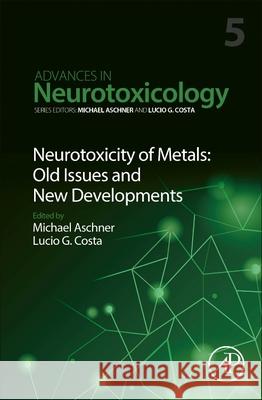Neurotoxicity of Metals: Old Issues and New Developments: Volume 5 » książka
topmenu
Neurotoxicity of Metals: Old Issues and New Developments: Volume 5
ISBN-13: 9780128237755 / Angielski / Twarda / 2021 / 380 str.
Kategorie:
Kategorie BISAC:
Wydawca:
Academic Press
Seria wydawnicza:
Język:
Angielski
ISBN-13:
9780128237755
Rok wydania:
2021
Numer serii:
001167266
Ilość stron:
380
Waga:
4.46 kg
Wymiary:
22.86 x 15.24 x 2.24
Oprawa:
Twarda
Wolumenów:
01











